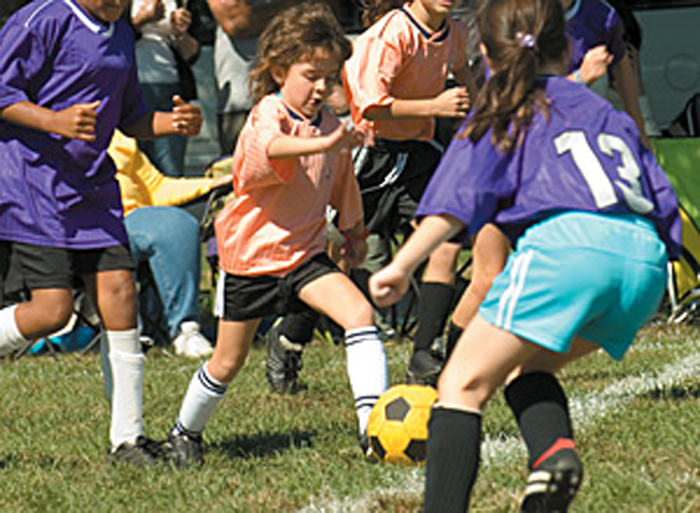NCAA suggests contact limits for football practice
Source YAHOO News
The NCAA is suggesting that football teams hold no more than two contact practices per week during the season in guidelines that grew out of a safety and concussion summit early this year.
Practice limits were among several recommendations released Monday by the NCAA, which called them guidelines that could change “in real time” rather than rules passed through legislation.
The practice guidelines also recommend four contact practices per week during the preseason and no more than eight of the 15 sessions during spring football.
The NCAA is also suggesting that schools have independent doctors to evaluate injuries and a “return to learn” process for integrating athletes back into their academic work after they have been diagnosed with a concussion.
The Safety in College Football Summit was in Atlanta in January.
More articles on concussion at Chiro.org

